8. Patek Philippe CHR 29-535 PS Q
Remember the Lemania chronograph movement used by Patek Philippe that I covered in my top five? This movement, Caliber CHR 29-535 PS Q was developed in-house by Patek Philippe. It is hand-wound and was used for the first time in Patek’s Reference 5402P (I wrote about that watch here). The movement consists of 496 parts and features not only a chronograph with split-seconds function, but also a perpetual calendar, placing it firmly in Patek Philippe’s Grand Complications collection. It is a relatively small movement compared to the others here (30 mm diameter) but quite thick. The finishing on all the parts is magnificent. Patek Philippe has filed for a patent on its new split-seconds lever construction. An amazing movement that is unfortunately — like the A. Lange & Söhne chronograph movement that came in at #5 — available only for a fortunate few.
9. Seiko Ananta Spring Drive Movement (Caliber 5R86)
I recall that, at one point, Seiko’s Spring Drive movement got so much publicity that people who inquired about my watch hobby were under the assumption that all watches wound by the motion of the wrist were called “Spring Drive” watches. Seiko did an excellent marketing job on that. The Ananta Chronograph was a Seiko watch that really caught my eye, with its Caliber 5R86 movement. Instead of a traditional escapement, the Spring Drive system uses a combination of a balance wheel, electro-magnetic energy, and a quartz oscillator for optimum accuracy; it uses a rotor to wind the mainspring. As you can see, the finishing is superb. If you can live without the traditional tick-tock of a purely mechanical movement, give a watch with this Seiko movement a chance.
10. Breitling B01
Following in the footsteps of Omega and TAG Heuer, Breitling also felt the urge to design and develop a chronograph movement in its own facilities. Breitling introduced its B01 chronograph movement in 2009. Before that, Breitling, like many other watch brands, used mainly ETA/Valjoux chronograph movements, along with an occasional Lemania. (In some models, Breitling still uses these.) The Breitling B01 movement is fully developed and manufactured in-house and has a column-wheel chronograph system. It has a 70-hour power reserve and a traditional tricompax layout. It was first introduced in the Chronomat, but since then Breitling has also installed versions of it in a number of its other watches, including the Navitimer 01, Montbrillant 01 and Chronomat 44.
What are your favorite chronograph movements (not watches)? Please share them with us by leaving a comment.

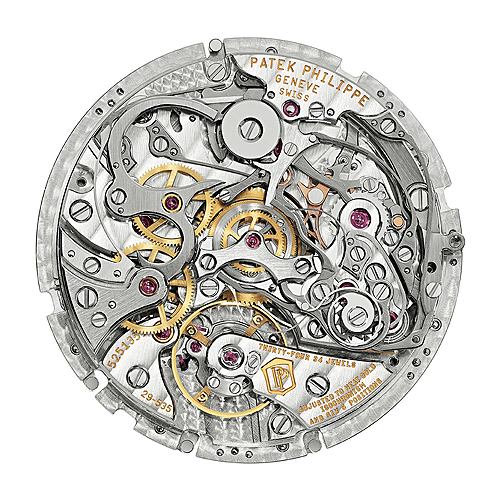
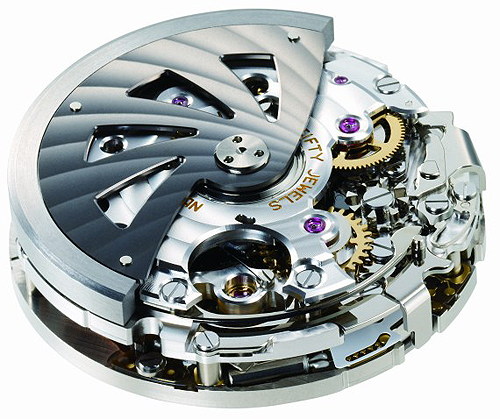

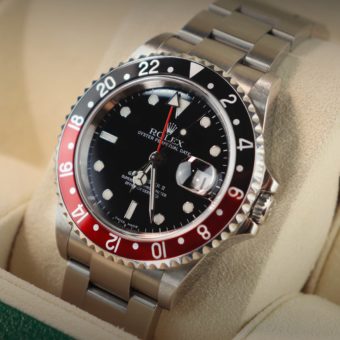
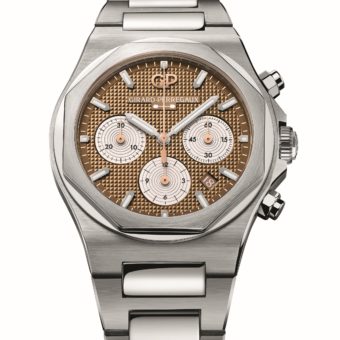

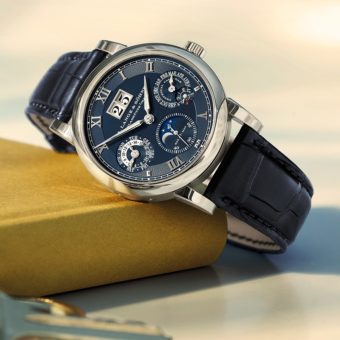


Anyone have any experience with the Cartier 1904CH? Column wheel and verticle clutch puts it with the big players but wondering how it performs.
The Valjoux 7750 movement has been nothing but brilliant in my experience and it is a shame that it has not featured here. My personal favourite watch with this movement is my Tissot PRS516 which I purchased in 2009. It is NOT a certified chronometer but still keeps time well within chronometer specs even after 5 years! Which begs the question…should I have it serviced or leave it alone?? I believe the Valjoux 7750 movement was designed in 1972 by Edmond Capt only a year after he left Rolex. The movement officially went into production in 1973 and is still widely used today due to its availability, durability and serviceability.
Nice list!
Like Bill I miss the V7750, but also the Calibre 11.
I guess there just wasn’t enough space for 2 more calibres in a top10 list ;-)
Great article, thanks!
Regards,
Bart
I’ll bite……why is the Valjoux 7750 not on your list?
+1